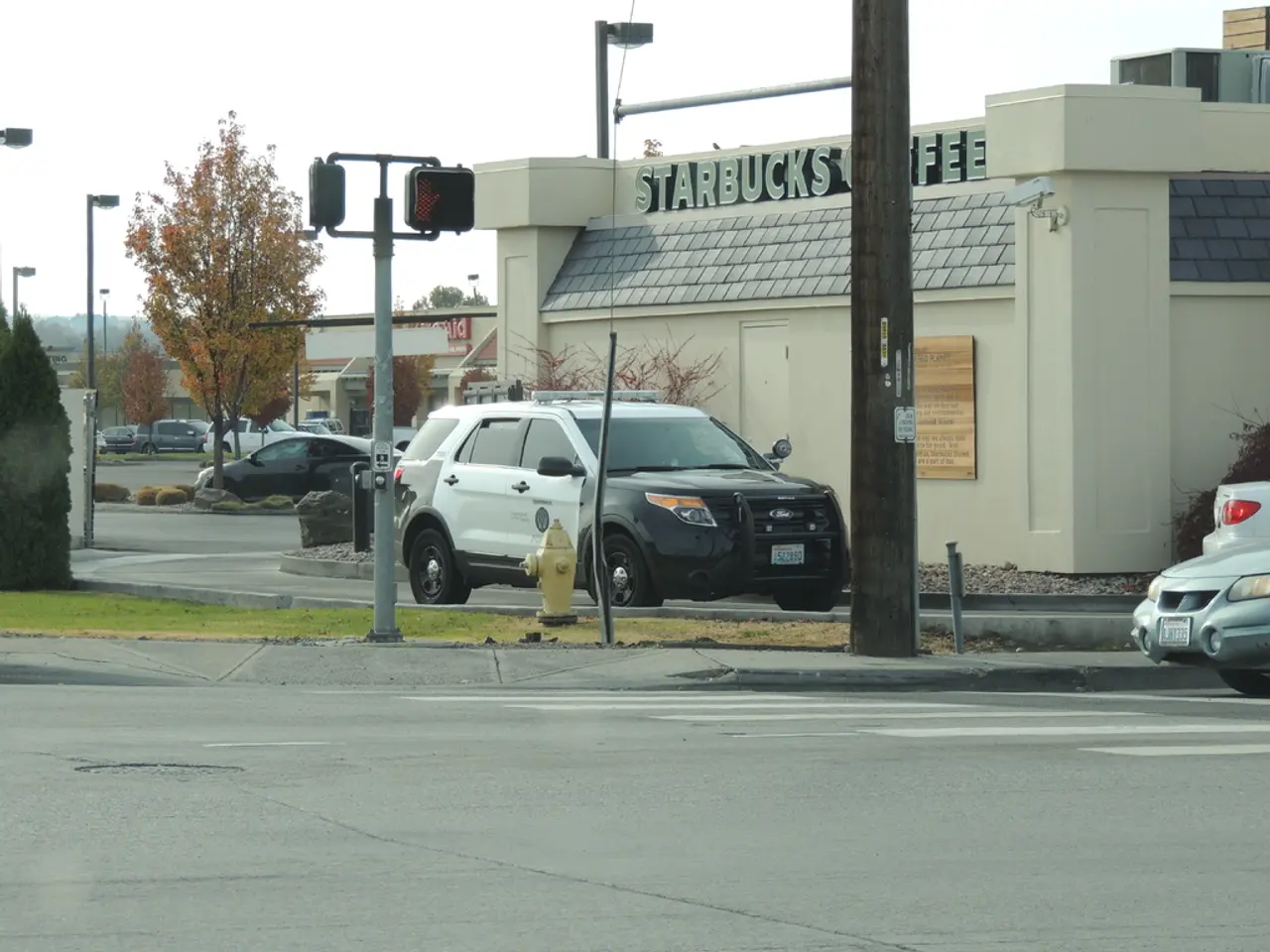Philadelphia trials "cool paving" in Hunting Park to counteract summer heat rise
In an attempt to combat the urban heat island effect and improve public health and comfort in the city, Philadelphia is testing a new solution: reflective pavement.
The urban heat island effect, a phenomenon where urban areas experience higher temperatures compared to their surrounding rural areas, is primarily caused by concrete and asphalt pavement, which absorb and retain heat. This issue is particularly prevalent in Philadelphia, where neighborhoods in North, West, and South Philadelphia experience temperatures up to 20 degrees Fahrenheit hotter than greener areas.
To address this issue, the city is currently testing a type of cool pavement coating called CoolSeal on two stretches of roadway near the Hunting Park Recreation Center. The coating is designed to reflect more of the sun's energy, rather than absorbing it, potentially reducing local temperatures.
City officials are also hopeful that the cool pavement coating could extend the life of the asphalt beneath it by insulating the road from heat stress. If the pilot shows promise, the city could consider applying CoolSeal pavement more broadly.
However, research has found limited benefits of cool pavement, with concerns about its durability and performance in humid and freezing conditions. In Phoenix's cool pavement pilot, the CoolSeal coating lowered the roads' surface temperature by up to 12 degrees, but the temperature experienced by humans standing over the reflective pavement was roughly 5 degrees Fahrenheit warmer than over conventional asphalt during the hottest part of the day.
Despite these concerns, researchers estimate that reflective pavements, when applied over large areas, could lower the ambient temperature by a small but significant amount. If applied throughout the city, the cool pavement's small but beneficial effect on air temperature could save residents millions of dollars on air conditioning costs each year.
As climate change drives more intense heat waves, reflective pavement is being examined as a potential solution to help keep city streets cooler. However, solutions that stop the sun's energy from reaching the ground in the first place, such as shading with trees or artificial canopies, may be more effective at cooling down city blocks, according to Dorit Aviv, director of Penn's Thermal Architecture Lab.
City officials will begin evaluating the results of the cool pavement pilot in fall of 2026. If the pilot shows promise, the city could continue to explore the potential of reflective pavement. If not, city officials will pivot to exploring other potential solutions.
The CoolSeal coating in Philadelphia costs around $0.60 to $0.80 per square foot, and the city is spending a total of around $44,000 for the pilot project materials. The city installed a double coat of CoolSeal on its second test patch this summer to improve durability.
While the results of the Philadelphia pilot are still being analyzed, the city's experiment with reflective pavement marks an important step in the fight against the urban heat island effect. As cities across the globe grapple with this issue, innovative solutions like reflective pavement could play a crucial role in creating more comfortable and sustainable urban environments.
Read also:
- Is it advisable to utilize your personal health insurance in a publicly-funded medical facility?
- Dietary strategies for IBS elimination: Aims and execution methods
- Benefits, suitable dosage, and safety considerations for utilizing pumpkin seed oil in treating an overactive bladder
- Harmful Medical Remedies: A Misguided Approach to Healing




